To mark the launch of the first Fribourg Tour dates, in partnership with Fribourg Region, we've listed the regions, traditions, and specialties of the canton of Fribourg. Perfect inspiration for a short stay in the area to delight your taste buds and fill your eyes with wonder. And if you'd rather go with the flow while discovering this beautiful canton, sign up for the Fribourg Tour.
Fribourg Regions
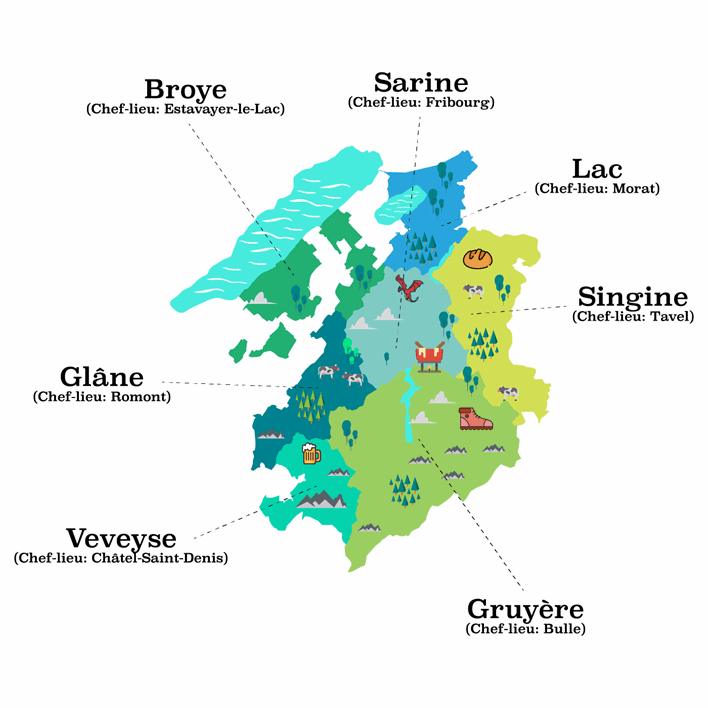
Fribourg Specialties
Le Gruyère
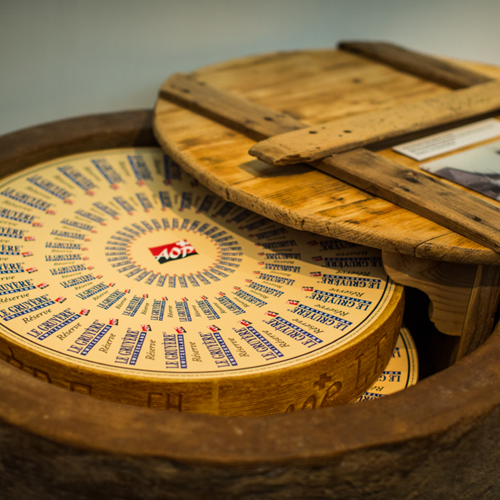
© Suisse Tourisme _Tim Bardsley
Gruyère is the ultimate Fribourg cheese. Named after the region of Gruyère, it has had protected designation of origin (AOP) status since 2013 and falls under the authority of the "gruier" or "verdier," a judge, forester, and gamekeeper historically responsible for ruling on local offenses.
Double Cream and Meringues
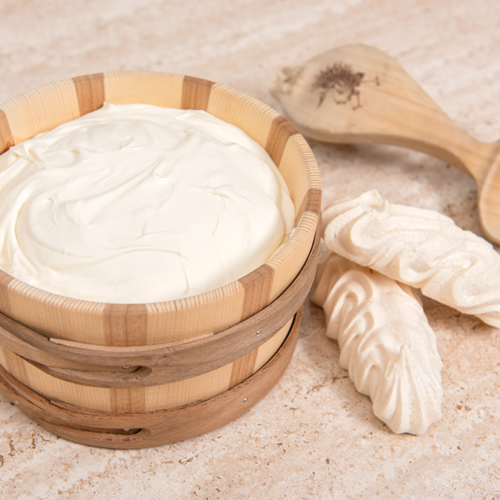
© Elise Heuberger
Often served as dessert during Bénichon festivities, Fribourg’s double cream and meringues are legendary. Known throughout Switzerland, they may seem simple—just egg whites and sugar—but require perfect proportions. Fun fact: they were originally made to use up leftover egg whites from baking.
Fondue moitié-moitié
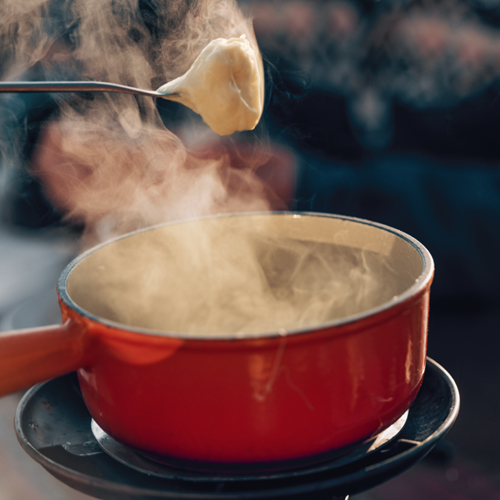
© Schweiz Tourismus Lorenz Richard
Fribourg Traditions
La Bénichon
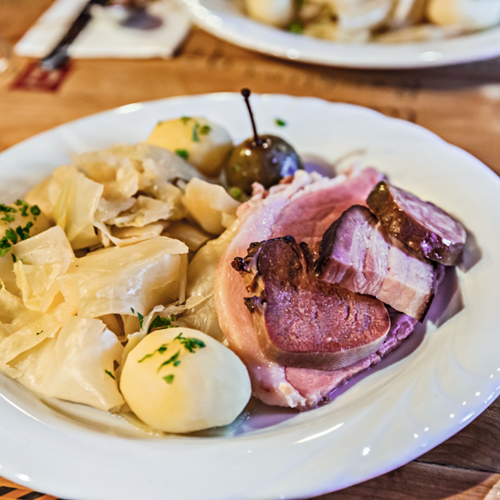
© Fribourg Region
La Bénichon originated several centuries ago as a religious celebration marking the blessing of the corn harvest, a way to thank the gods for everything nature had provided and yielded throughout the year. The concept is simple: you eat for six hours—or even longer if you're brave. From cuchaule and Bénichon mustard to broth, smoked ham, leg of lamb, poached botzi pears, meringues, and double cream, your stomach will be well-filled for a good while. To finish on a high note, enjoy some traditional folk dancing.
La Poya
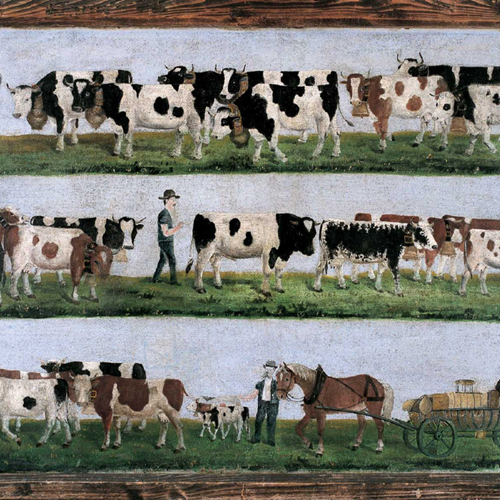
© Fribourg Region
La Poya refers to the paintings made by herdsmen that depict the springtime ascent of the cattle to alpine pastures. These artworks serve as an inventory of the animals and equipment heading to the mountain. They are typically displayed above windows or on the façades of houses.
La désalpe
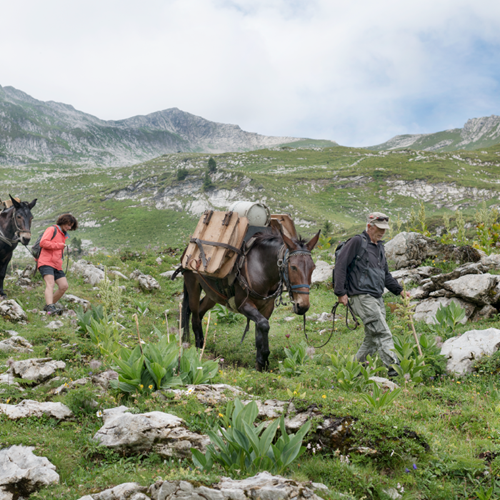
© Fribourg Region
In contrast to the Poya, the Désalpe marks the return of the cattle to the plains after more than four months in the mountains. It is considered the most well-known traditional mountain festival. The herdsmen wear their traditional bredzon and their companions are dressed in dzaquillon. Expect a festive folk atmosphere.
Le Bredzon
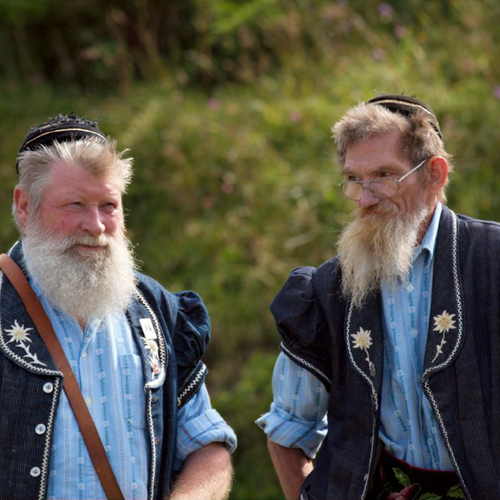
© Fribourg Region
The bredzon is the traditional costume worn by men during the Désalpe and other local celebrations. It is the main symbol of belonging to La Gruyère and the farming community. First appearing in 1840, it might seem like a grassroots tradition, but it was actually the bourgeoisie of the 1920s who revived and popularized it.
Dentelles de Gruyère
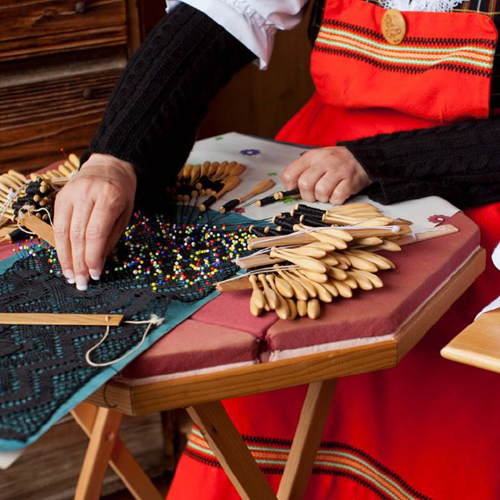
© Fribourg Region
Lacemakers in La Gruyère are highly skilled and known for their expertise. Lace-making was originally developed to replace straw braiding. The craftsmanship, precision, and beauty of this art speak for themselves. Today, around fifty artisans still keep this tradition alive.
Cuillère à crème
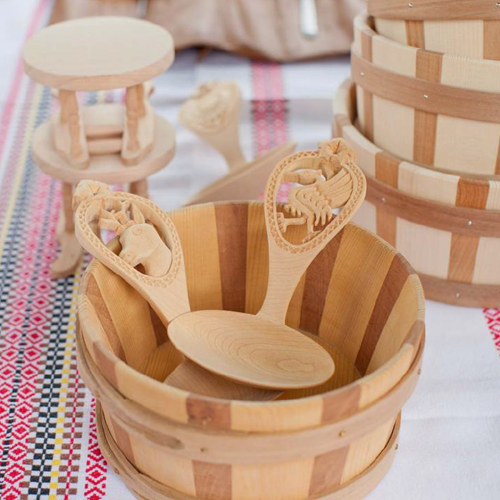
© Fribourg Region
As its name suggests, the cuillère à crème is used for serving double cream. Its flat handle allows for a firm grip, while the deep scoop accommodates the heavy cream. First appearing in the late 17th century, these spoons are typically carved from maple wood, which doesn’t absorb the cream. Some are stained with milk coffee to give them a darker look. No two spoons are ever alike.
